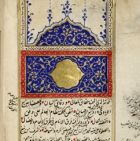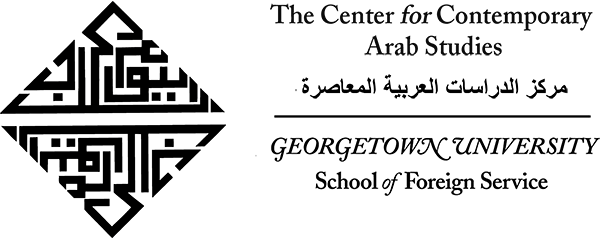Back to Timelines

Amazighs Become Disaffected

Abbasid Family Takes Control

Supported by opponents of Arab-centric Umayyad policies, the Abbasid family takes control of the caliphate and establishes a new capital at Baghdad in 762. A young Umayyad prince named Abd al-Rahman survives the Abbasid overthrow and seeks refuge among his mother’s Berber tribe in North Africa.
Abd al-Rahman Crosses To Spain

Abd al-Rahman crosses to Spain with his entourage and gains control of Córdoba, where he is proclaimed an amir (ruler) who is independent from the Abbasid caliphate. Abd al-Rahman carries on a more inclusive Umayyad tradition in the westernmost portion of Muslim lands, presiding over the birth of a new Islamic civilization in southern Europe.
Basque Tribes Defeat Roland

At the Pass of Roncesvalles, Basque tribes defeat Roland, the commander of Charlemagne’s rear-guard troops. The army is returning across the Pyrenees to Frankish territory after attacking Barcelona and Pamplona in northern Spain. Centuries later, the French epic poem, “The Song of Roland,” reimagines this minor battle between two Christian groups as a major conflict between Christians and Muslims.
Amir Abd al-Rahman Purchases the Church of St. Vincent

The amir Abd al-Rahman purchases the Church of St. Vincent — part of which had been shared by Muslims since the conquest — from the local Christian community. On the site of an earlier Roman temple, he now begins building the Great Mosque of Córdoba. Harun al-Rashid begins ruling as caliph in Baghdad.
Abd al-Rahman II Becomes Amir

Abd al-Rahman II becomes amir. The strong leader repulses an assault by Vikings in 844; establishes a fleet and naval arsenal at Seville; and expands the countryside’s agricultural capacity. He invites the Iraqi musician Ziryab to his court, and patronizes the arts and sciences. Al-Andalus begins earning a reputation for elegance and prosperity comparable to the standards set by eastern Islamic cultures.
Ambassadors Bring Gifts To Adorn the Great Mosque

Ambassadors from the Byzantine Empire bring beautiful mosaics as gifts to adorn the Great Mosque of Córdoba. Increasing numbers of Hispani-Romans, called Mozarabs, adopt Arabic language, customs, and tastes, while retaining their Christian faith.
Umar ibn Hafsun Begins a Revolt

The muwallad, Umar ibn Hafsun, begins a revolt against the Umayyads. From his refuge in the castle of Bobastro, he steadily attracts the support of disaffected muwallads and Mozarabs, and takes control of numerous towns and castles. The Umayyad rulers begin employing mercenary soldiers, including Christian Castilians, Muslim Berbers and Slavs, to counter any threats to their power.
New Poetic Forms Emerge In Andalus

New poetic forms emerge in Andalus. Ibn Mu’afa of Cabra composes an early type of muwashshaha, a short poem with variable rhymes. Another form, the zajal, is composed in Romance but uses Arabic meter, reflecting a fluid melding of cultures. Around this time, Ibn Abd Rabbihi pens the Iqd al-Farid (“The Precious Necklace”), a compendium of literature and poetry.
Mozarabic Rite Is Approved By Pope John X

The Mozarabic rite, a distinct form of Catholic worship, is approved by Pope John X. Arabized Christians in Al-Andalus offered liturgies and prayers in Arabic and Romance languages rather than Latin.




